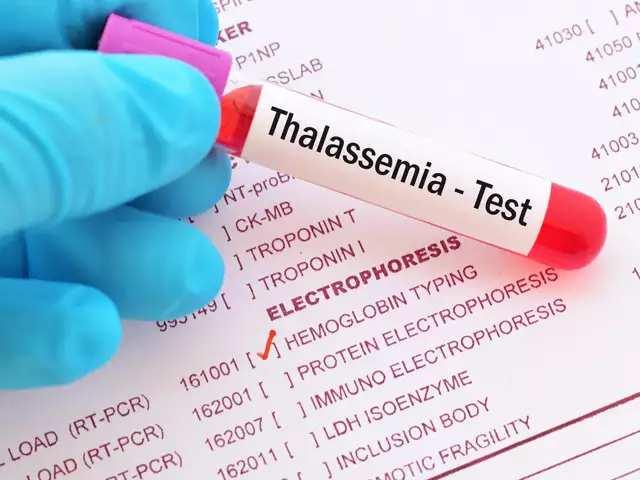
2 minute read
THALA EMIA AN OVERVIEW.
The thalassemias are a group of anaemias that result from inherited defects in the production of hemoglobin. The thalassemias are among the most common genetic disorders worldwide, occurring more frequently in the Mediterranean region , the Indian subcontinent, Southeast Asia, and West Africa .Ineffective bone marrow erythropoiesis and excessive red blood cell hemolysis together account for the anemia. Since reticulocytes manufacture equimolecular quantities of alpha and beta chains, mature erythrocytes contain essentially equimolecular amounts of each chain.
Patients with thalassemia do not produce enough hemoglobin (Hb) A (α2β2) because their cells cannot manufacture either the alpha or beta polypeptide chain of human hemoglobin. Alpha-thalassemia depresses only the production of the alpha chains, and beta-thalassemia depresses only the production of the beta chains.
Advertisement
Clinically, both alpha- and betathalassemia may occur in the major (homozygous), intermediate, and minor (heterozygous) genetic forms and also can interact with the presence of abnormal hemoglobins in the same individual
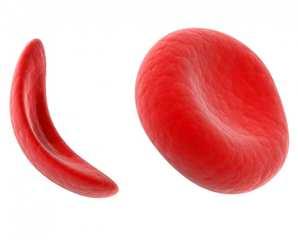

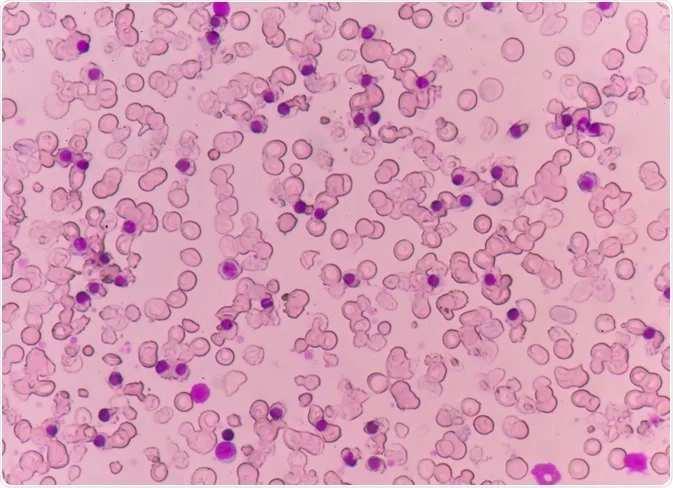
History
By the beginning of the 20th century, European clinicians had become aware of an anemia syndrome in infancy associated with enlargement of the spleen . In the American literature the first clinical description of thalassemia is attributed to the Detroit pediatricians Thomas B. Cooley and Pearl Lee .The actual term thalassemia was coined by George Whipple .How this term arose remains obscure, although it is reported that early patients were mostly of Mediterranean origin . During the 1960s a genetic basis of the thalassemia diseases was proposed, linking them to unbalanced globin chain synthesis
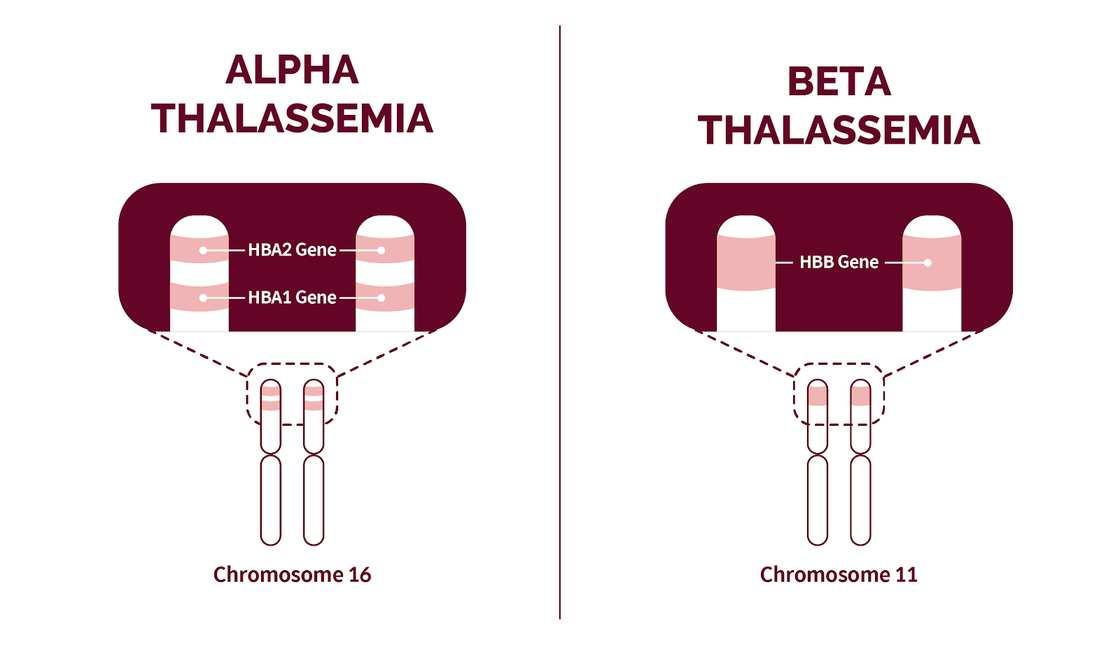
At that point, it became necessary to determine whether protein synthesis was abnormal at the level of the structural gene or of globin chain synthesis. A series of experiments revealed a quantitative or qualitative deficiency of specific messenger RNA in many thalassemia syndromes as well as defects in the translation of the messenger RNA to protein .This latter stage requires ribosomal units that can initiate (promote or enhance), elongate, and terminate the globin chain
Hence a clearer picture of the genetic control of human hemoglobins had emerged. It became clear that several structural loci, i.e., alpha, beta, gamma, and delta, were responsible for the production of their respective globin chains.
Prevention
In countries with a high incidence of thalassemia, it is vitally important to offer prospective genetic counseling and to warn carriers about the risks of intramarriage. To date, attempts at this approach have been relatively unsuccessful. Hence, considerable efforts have been directed towards prenatal diagnosis programs. As carrier states of the thalassemias are readily identifiable, affected fetuses can be diagnosed. Recent efforts have been directed to early diagnosis by fetal DNA analysis carried out on amniotic fluid cells or by chorionic villus sampling. Also, the development of oligonucleotide probes to detect individual mutations has markedly increased the accuracy rate of prenatal diagnosis. The harvesting of fetal cells from the maternal circulation is being explored for this purpose
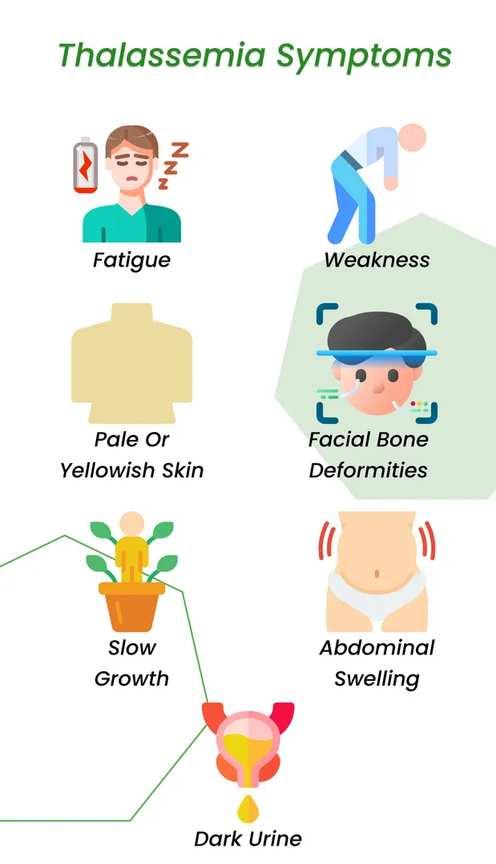
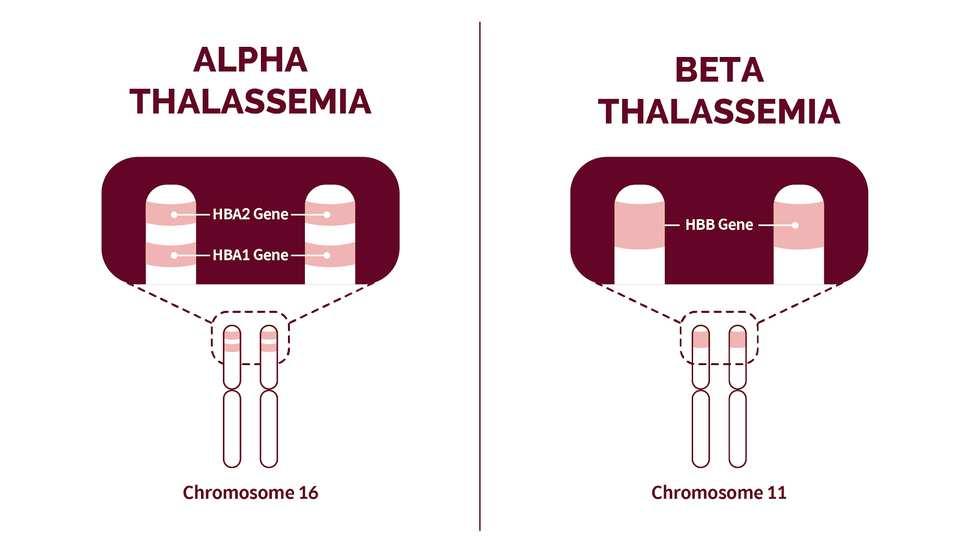
- SAKSHI

